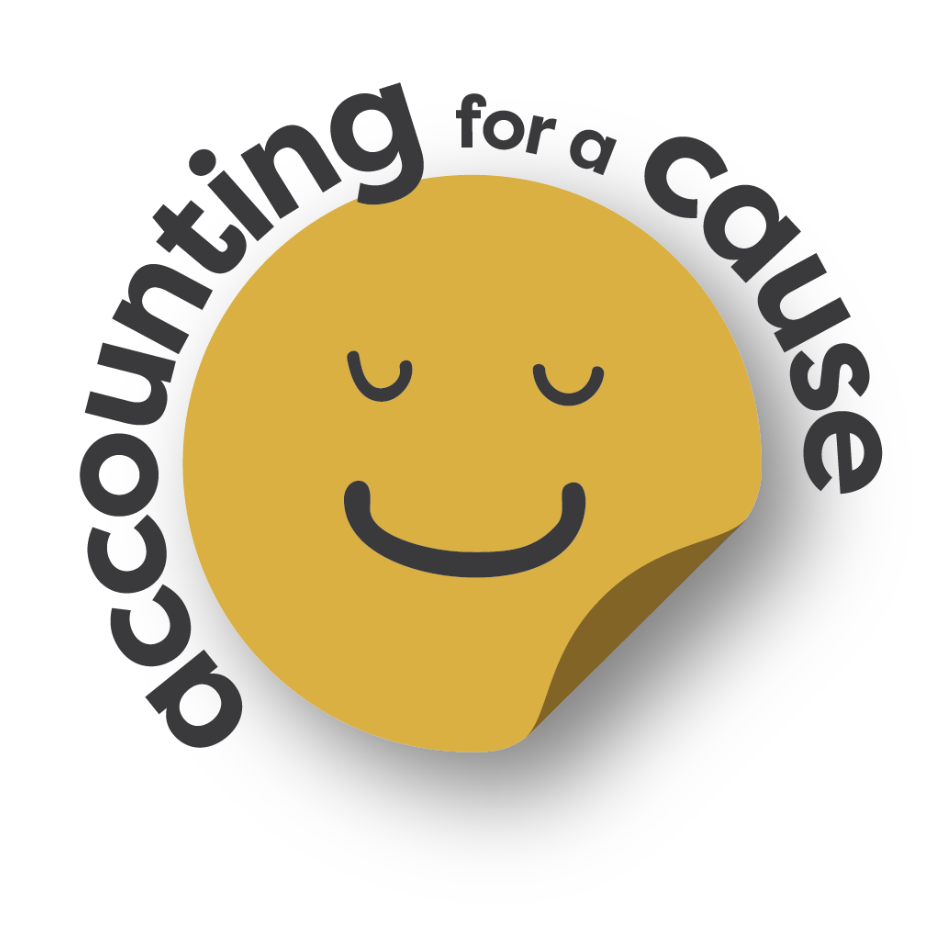How are interest rates and inflation linked?
We’ve all heard a lot about interest rates and inflation recently, not to mention felt the grip of both having a direct impact on our businesses and daily lives. Inflation is high right now, but why the need to increase interest rates too? How are the two linked and why do they have such a large impact on our economy? Let’s take a trip back to high school Economics class…
What are interest rates?
Most of us are familiar with interest rates, when thinking about lending, an interest rate is the cost of the money we borrow. Conversely, interest rates are also the reward given to those who choose to invest their money by lending it to another party (such as the bank in the form of savings). In New Zealand, interest rates are controlled by the Reserve Bank of New Zealand by using the Official Cash Rate (OCR) usually as a method to control inflation. In broad terms, our banks purchase money from the Reserve Bank which means they need to pass the cost of that money on to their customers in the form of interest rates. Interest rates can be used to stimulate or slow down spending within an economy – think of it as an economy-wide carrot or a stick. If the OCR rises, interest rates usually follow suit, meaning money is more expensive to borrow and saving money is more attractive. The overall effect is – lower spending, more saving and less borrowing.
There is also a link to the exchange rate by stimulating overseas investment in our economy, those investors capitalise on a high return (through a high interest rate) and it can lead to our currency increasing in value compared to some other currencies.
What is inflation?
Inflation is the general rising of prices in an economy and can be stimulated by a number of factors:
- Demand – when products and services are in such high demand that prices rise. This happens when things are scarce so we pay more for them
- Cost – when the input costs of production increase, so does the final product or service. Input cost increases can include freight costs and imported material costs
- Wage Price Spiral – when wages increase to help workers pay for their higher cost of living in an inflationary economy, which in turn causes businesses to raise prices of goods and services (due to higher cost of labour). This can lead to a spiral of increasing costs and inflation.
In our current economy we see everything at once! Over the past few years we have seen the demand for certain products and services increase which has forced prices up, think of the factory closures and port bottle-necks during recent restrictions. On top of that we have increased costs such as petrol prices AND increasing wages which is driven by higher minimum wage and by companies paying higher wages and salaries to compete in a tight labour market. All of these factors have led to a reduction in the real income of many.
How do interest rates link to inflation?
Looking at it simply, the carrot/stick analogy works well. When prices are rising and inflation is high in an overstimulated economy, the Reserve Bank can increase the OCR to effectively contract the spending power and reduce the value of money for some consumers and businesses. The “carrot” means more people and businesses will save money, while the “stick” means less people will spend money due to higher cost to borrow and lower disposable income availability.
What can we do?
Whilst there isn’t much that a business can do to combat increased costs through the double whammy of inflation and interest rates rises, Villa is here to help chat through options. Get in touch to speak with a team member today.






